- Quick and easy service
Car Rental Granada
Search, compare & book!
- Free cancellation Up to 48 hours prior to the scheduled pick up time
- Best price guarantee Have you found a better price? Let us know and we will make you a better offer.
- Already 500,000+ bookings More than half a million people preceded you 24000+ pick-up locations Locations around the world
- 24000+ pick-up locations Locations around the world
Car Rental Granada
Renting a car in Granada is simple with us. We offer the best rates in the market. We offer rental cars worldwide, in over 125 countries and more than 17,000 locations. All inclusive car rental in Granada at the best rates - quality service guaranteed!
Car rental offers in Granada
Whether you're looking for a small rental car or a station wagon for the entire family, we will always have a suitable vehicle for the lowest price. Below are some examples from our selection in Granada.
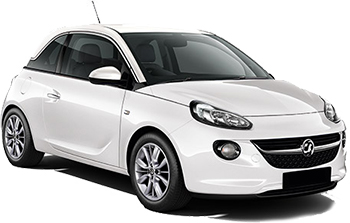
-
Goldcar From€ 6 /day
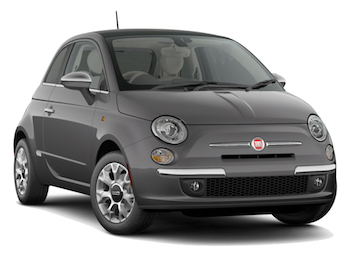
-
Goldcar From€ 8 /day -
OK Mobility From€ 13 /day -
Budget From€ 15 /day
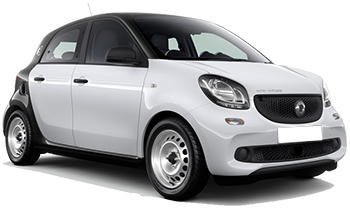
-
Goldcar From€ 11 /day

-
Goldcar From€ 8 /day
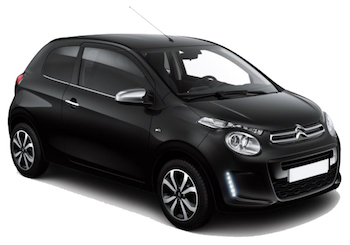
-
Goldcar From€ 8 /day

-
Goldcar From€ 11 /day -
Budget From€ 18 /day -
Avis From€ 20 /day

-
Goldcar From€ 9 /day
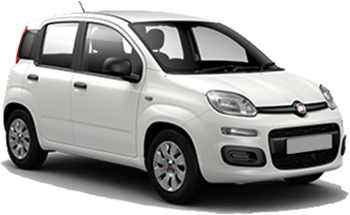
-
Clickrent From€ 11 /day

-
Goldcar From€ 12 /day
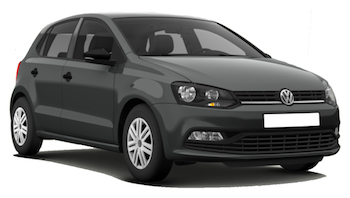
-
Goldcar From€ 8 /day -
OK Mobility From€ 13 /day
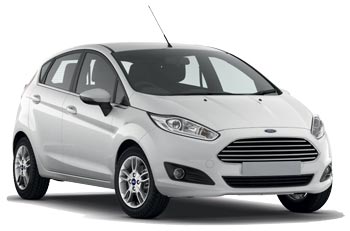
-
Goldcar From€ 9 /day
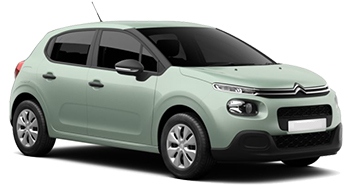
-
Budget From€ 19 /day
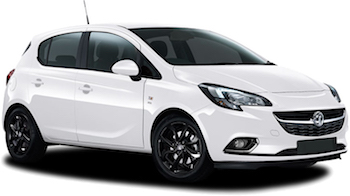
-
Goldcar From€ 9 /day -
Clickrent From€ 10 /day -
Keddy By Europcar From€ 14 /day
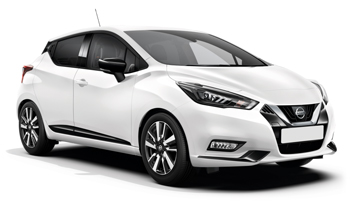
-
Goldcar From€ 9 /day -
Clickrent From€ 11 /day

-
Keddy By Europcar From€ 19 /day -
Europcar From€ 20 /day -
Avis From€ 23 /day

-
Clickrent From€ 11 /day
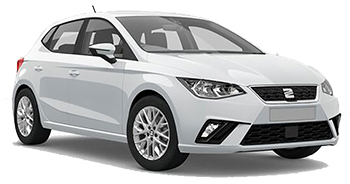
-
OK Mobility From€ 13 /day -
Alamo From€ 21 /day -
Enterprise From€ 25 /day
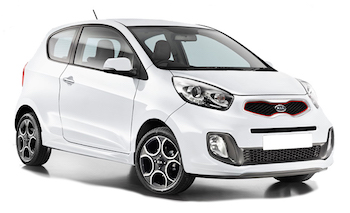
-
Europcar From€ 23 /day -
Keddy By Europcar From€ 26 /day
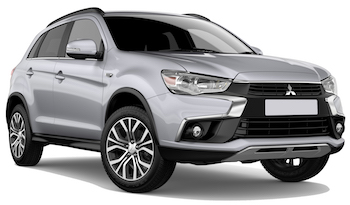
-
Goldcar From€ 9 /day
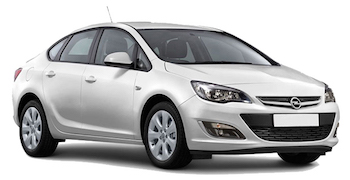
-
Goldcar From€ 9 /day -
Alamo From€ 23 /day -
Enterprise From€ 26 /day

-
Budget From€ 19 /day
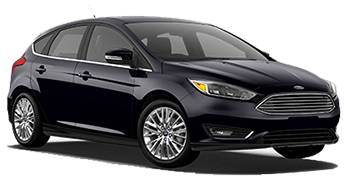
-
Goldcar From€ 9 /day -
Keddy By Europcar From€ 16 /day -
Europcar From€ 18 /day

-
Goldcar From€ 9 /day
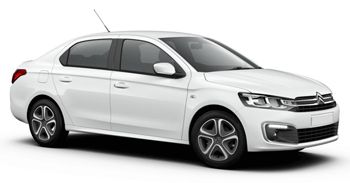
-
Keddy By Europcar From€ 20 /day -
Europcar From€ 24 /day
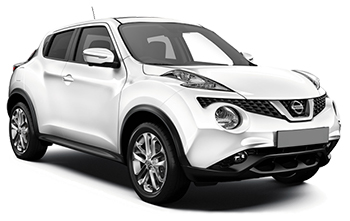
-
Goldcar From€ 9 /day

-
Goldcar From€ 10 /day -
Alamo From€ 25 /day -
Enterprise From€ 30 /day

-
Keddy By Europcar From€ 20 /day -
Europcar From€ 21 /day -
Avis From€ 23 /day

-
Goldcar From€ 9 /day

-
Goldcar From€ 10 /day
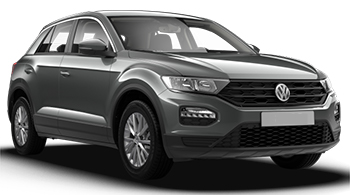
-
Keddy By Europcar From€ 22 /day -
Europcar From€ 24 /day
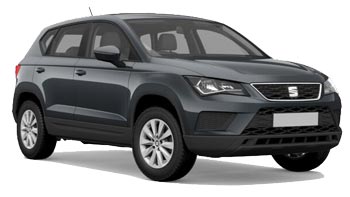
-
Goldcar From€ 10 /day -
Avis From€ 32 /day

-
Goldcar From€ 10 /day

-
Keddy By Europcar From€ 24 /day -
Europcar From€ 26 /day -
Avis From€ 71 /day
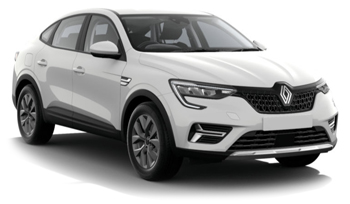
-
Goldcar From€ 13 /day

-
OK Mobility From€ 17 /day -
Flizzr From€ 26 /day -
Dollar Rent a Car From€ 28 /day

-
Goldcar From€ 26 /day
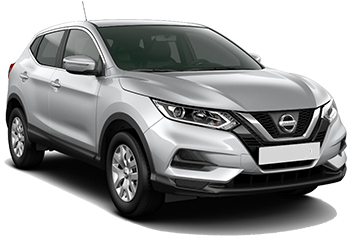
-
OK Mobility From€ 20 /day

-
OK Mobility From€ 25 /day

-
Avis From€ 35 /day
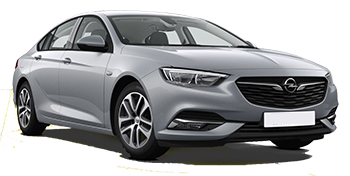
-
Alamo From€ 26 /day -
Enterprise From€ 29 /day -
National Car Rental From€ 40 /day

-
Alamo From€ 26 /day -
Enterprise From€ 29 /day

-
Hertz From€ 37 /day -
Dollar Rent a Car From€ 38 /day -
Alamo From€ 52 /day

-
Alamo From€ 27 /day -
Enterprise From€ 30 /day -
Dollar Rent a Car From€ 31 /day

-
Enterprise From€ 29 /day -
Alamo From€ 43 /day -
National Car Rental From€ 60 /day

-
Alamo From€ 49 /day

-
Hertz From€ 28 /day
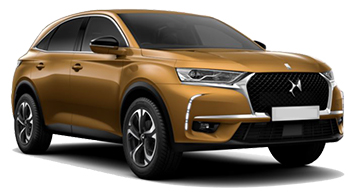
-
OK Mobility From€ 31 /day

-
Sixt From€ 47 /day
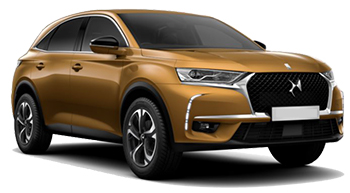
-
OK Mobility From€ 31 /day

-
Sixt From€ 37 /day

-
Alamo From€ 42 /day -
Enterprise From€ 48 /day
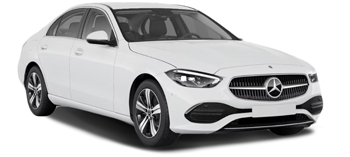
-
Alamo From€ 42 /day -
Enterprise From€ 47 /day -
National Car Rental From€ 52 /day

-
Alamo From€ 45 /day -
Enterprise From€ 54 /day -
National Car Rental From€ 58 /day
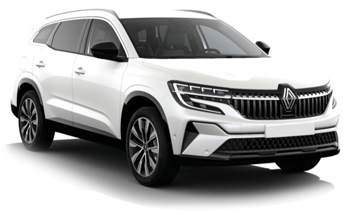
-
OK Mobility From€ 47 /day

-
Hertz From€ 27 /day

-
Alamo From€ 40 /day -
Enterprise From€ 45 /day

-
Sixt From€ 379 /day

-
Alamo From€ 44 /day -
Enterprise From€ 49 /day

-
Alamo From€ 46 /day -
Enterprise From€ 52 /day
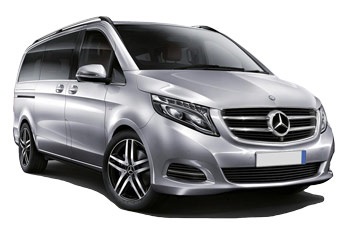
-
Alamo From€ 49 /day -
Enterprise From€ 59 /day

-
Sixt From€ 50 /day

-
Alamo From€ 81 /day -
Enterprise From€ 86 /day

-
Alamo From€ 103 /day
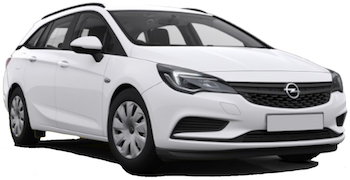
-
Alamo From€ 24 /day -
Enterprise From€ 27 /day
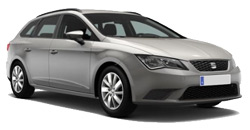
-
Dollar Rent a Car From€ 26 /day -
Thrifty From€ 90 /day

-
Dollar Rent a Car From€ 30 /day -
Thrifty From€ 85 /day

-
Alamo From€ 27 /day -
Enterprise From€ 30 /day

-
Alamo From€ 46 /day
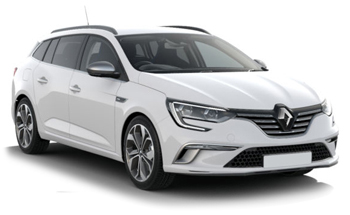
-
OK Mobility From€ 36 /day
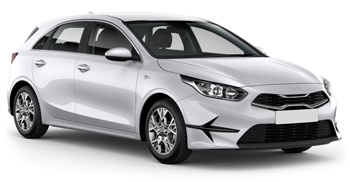
-
OK Mobility From€ 46 /day

-
Alamo From€ 52 /day

-
Alamo From€ 49 /day -
Enterprise From€ 59 /day
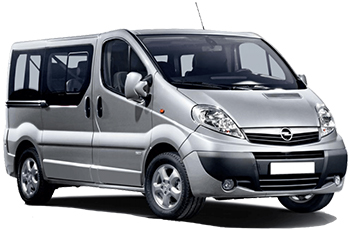
-
Alamo From€ 52 /day -
Enterprise From€ 63 /day -
Clickrent From€ 93 /day
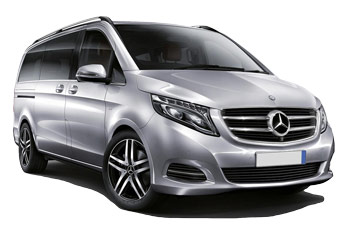
-
Clickrent From€ 146 /day

-
OK Mobility From€ 19 /day

-
Goldcar From€ 9 /day

-
Goldcar From€ 9 /day
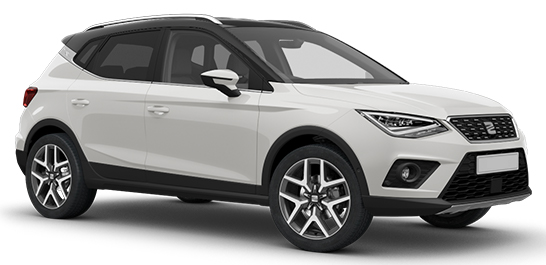
-
Keddy By Europcar From€ 22 /day -
Europcar From€ 25 /day -
Goldcar From€ 32 /day

-
Goldcar From€ 9 /day

-
Goldcar From€ 10 /day -
Keddy By Europcar From€ 15 /day -
OK Mobility From€ 17 /day

-
Keddy By Europcar From€ 22 /day -
Europcar From€ 24 /day -
Hertz From€ 46 /day

-
Goldcar From€ 13 /day
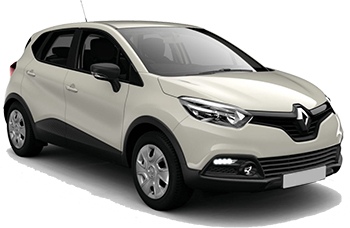
-
OK Mobility From€ 15 /day
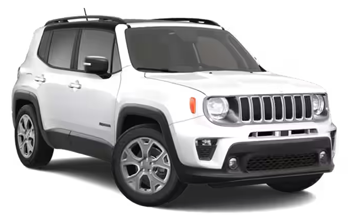
-
Keddy By Europcar From€ 22 /day -
Europcar From€ 26 /day

-
Europcar From€ 17 /day
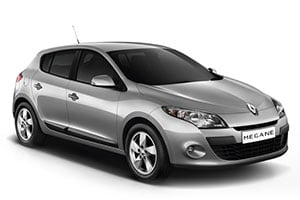
-
Europcar From€ 18 /day

-
Europcar From€ 20 /day

-
Europcar From€ 23 /day

-
Hertz From€ 27 /day

-
Keddy By Europcar From€ 53 /day -
Europcar From€ 74 /day

-
Keddy By Europcar From€ 60 /day -
Europcar From€ 82 /day

-
Europcar From€ 76 /day

-
Europcar From€ 84 /day
Car rental companies in Granada
Below are the car rental companies in Granada with the best ratings. Compare all ratings and prices of these rental companies in one search.
-
Enterprise
From€ 24 / day -
Avis
From€ 17 / day -
Hertz
From€ 20 / day -
Budget
From€ 15 / day -
Sixt
From€ 21 / day -
Alamo
From€ 20 / day

When is the best time to book a rental car in Granada?
Car rental companies in and around Granada
Information about Granada
The strong Moorish influences make Granada, in the south of Spain, a sizable tourist attraction. The city was founded by the Moors in the eighth century and was the capital of 'Arab Spain' for a long time, when the Moors had already lost the largest part of their Spanish possessions. Granada was the center of art, culture and science. The Moors were finally expelled from Spain (and thus also from Granada) in 1942.
The Alhambra is the foremost reason to visit Granada. The red fortress is majestically situated on top of a rock above the Río Darro. The oldest parts are from the thirteenth and fourteenth century, but many structures have been added in later years. Even after expelling the Moors from Spain. Fortunately, the Christians decided not to completely erase the presence of the Arabs by breaking down the Alhambra, for example. The oldest part of the complex is the fort, the Alcazaba with the highest point the Torre de la Vela. The sultan lived in the Palacio Nazaries, a typical Islamic palace which includes a courtroom and public meeting rooms. Women had their own domain, the harem, situated around a courtyard with the beautiful Lions Fountain. In order to escape the summer heat in Granada, sultan Nasrid ordered the construction of the Generalife: beautiful Islamic-style gardens and buildings with slender pillars and sheltered patios. In the summer months, outdoor concerts are often given in these gardens. Most treasures from the Alhambra are on display in the Alhambra Museum which is housed in the Renaissance Palace of Karel V.
Bathing is not just a religious ritual for Muslims, it is also a social event. The bath house El Bañuelo is almost a thousand years old. By the way, there probably already was a bath house on this site in Roman times. You can't bathe here anymore, but you can in other bathhouses in which the atmosphere of the time has been recreated.
At the foot of the Alhambra lies the old Arab district, Albaicín. From the Mirador de San Nicolás you'll have a spectacular view of the high fort. Albaicín used to be surrounded by a city wall, of which the gates have been preserved: Puerta de Monaita, Puerta de Elvira, Puerta Genil and Puerta Nueva. The typical Moorish houses in this neighborhood all have a courtyard, often decorated with flowers and plants, as is common with Arabian houses. The Palacio de Dar-al-Horra in Albacín has such a courtyard garden too. The building dates from the fifteenth century and is thus one of the last Arab buildings, as the Moors were expelled at the end of the century.
The Museo de Bellas Artes showcases works mainly from local artists from the sixteenth and seventeenth century. So after the Arab era, and many paintings therefore have a christian theme. In the Casa de Castril houses the Archaeological Museum, which includes ceramics from both Roman and Moorish times, as well as some Egyptian vases.
Along the river runs the Paseo de los Tristes, a first glance a somewhat strange name for one of the prettiest promenades of Granada. This name has to do with the cemetery which used to be at the end of the road. Sadness doesn't have a place here nowadays. On the contrary, the many restaurants, bars and terraces provide a lively, happy atmosphere, especially in the evening.
After dispelling the Arabs, a church had to be built as a symbol of Catholic rule It was the Catedral de Santa María de la Encarnación, a beautiful example of Renaissance style, and built at the site where a mosque stood. The church has large stain-glassed windows and a seven-latch of Spanish painter Alonso Cano about the life of Mary. Next to the cathedral is an impressive building, the Capilla Real, a burial chapel in which the royal couple Ferdinand II of Aragon and Isabella of Castile are buried, but Johanna the Mad and Philip the Handsome.
In and around Granada
Sacromonte is the gypsy district of Granada. It is the best neighborhood to watch and listen to Flamenco. It is not only performed in restaurants and bars, but in caves too (Las Cuevas del Sacromonte.
Granada is a great base for trips to the Sierra Nevada, just south of the city. Here you can make beautiful hikes, climb mountains or descend hanging of a paraglider. The Sierra Nevada has a rich flora and fauna. It is the natural habitat of the Spanish capricorn, an endangered species. The highest point of Spain, the mountain Mulhacén (3482 meter), is situated in the south-east of Granada.
Parking
Large parts of downtown Granada are solely accessible for pedestrians. It is best to park your rental car in one of the parking garages around the city center. There are some (guarded) parking lots as well.
Airport
Federico García Lorca Granada-Jaén Airport is the international airport of the city, usually called Granada Airport. The airport is situated 17 kilometers west of the city and is easily accessible with a rental car via highway A-92 (Granada-Seville).
